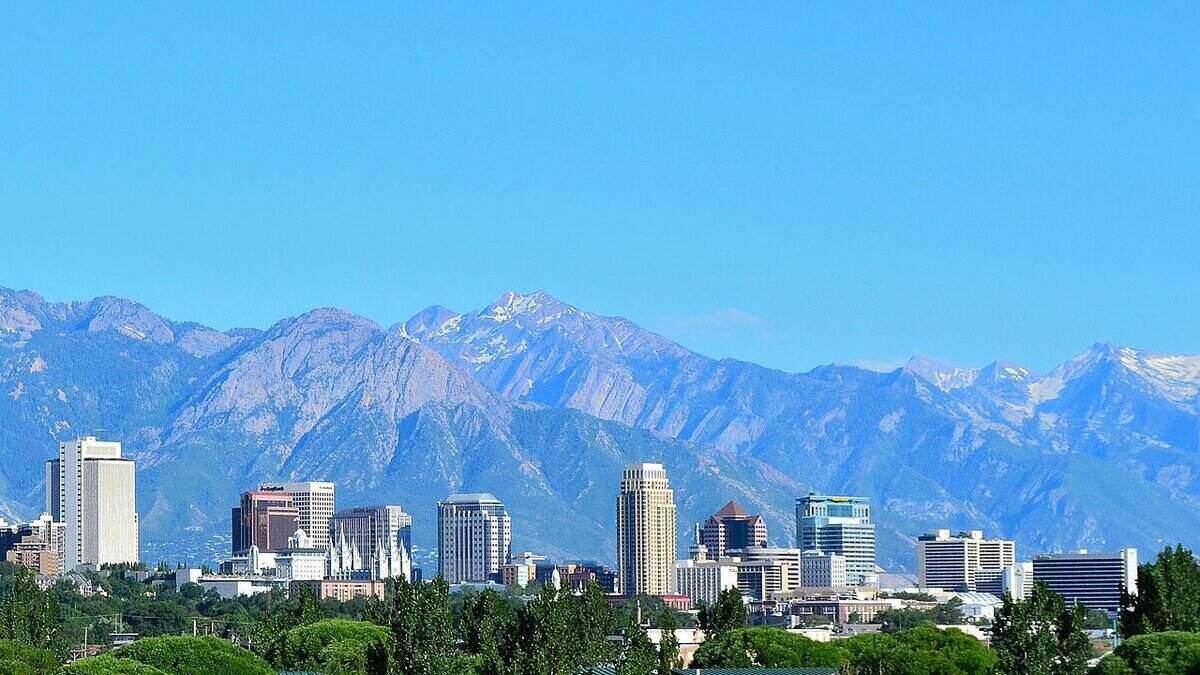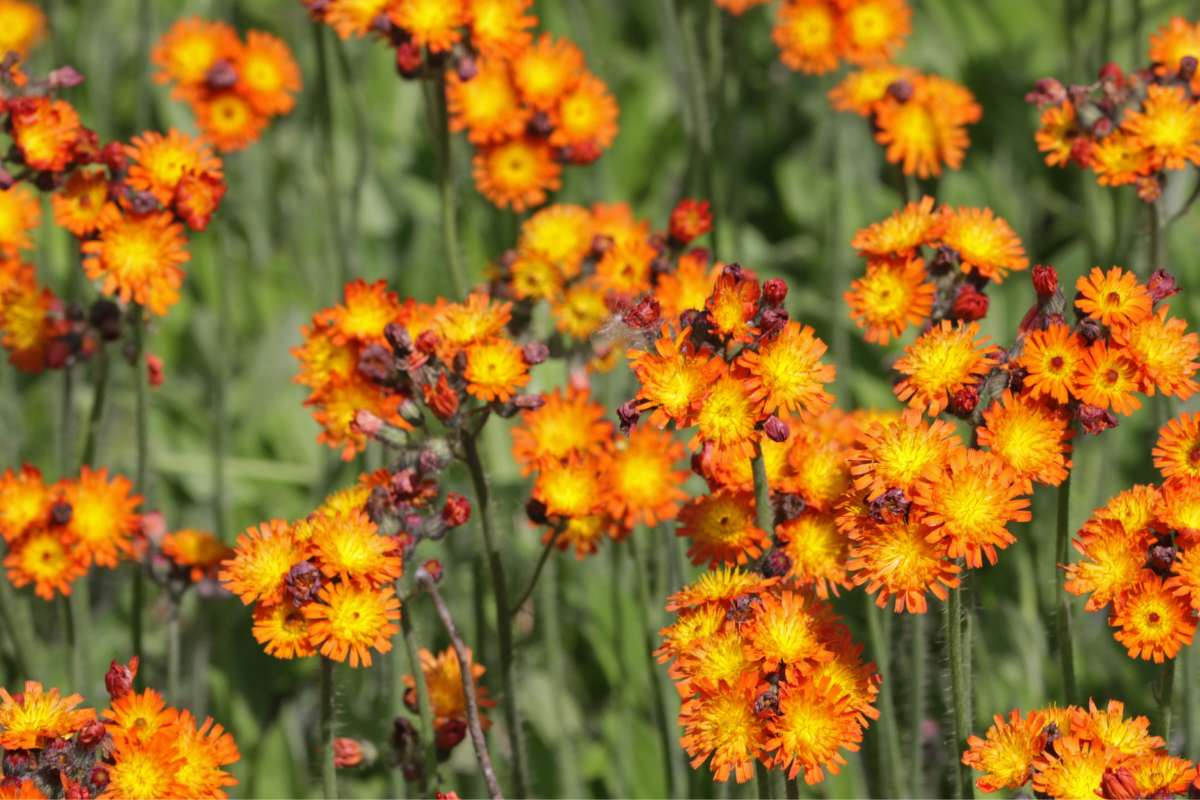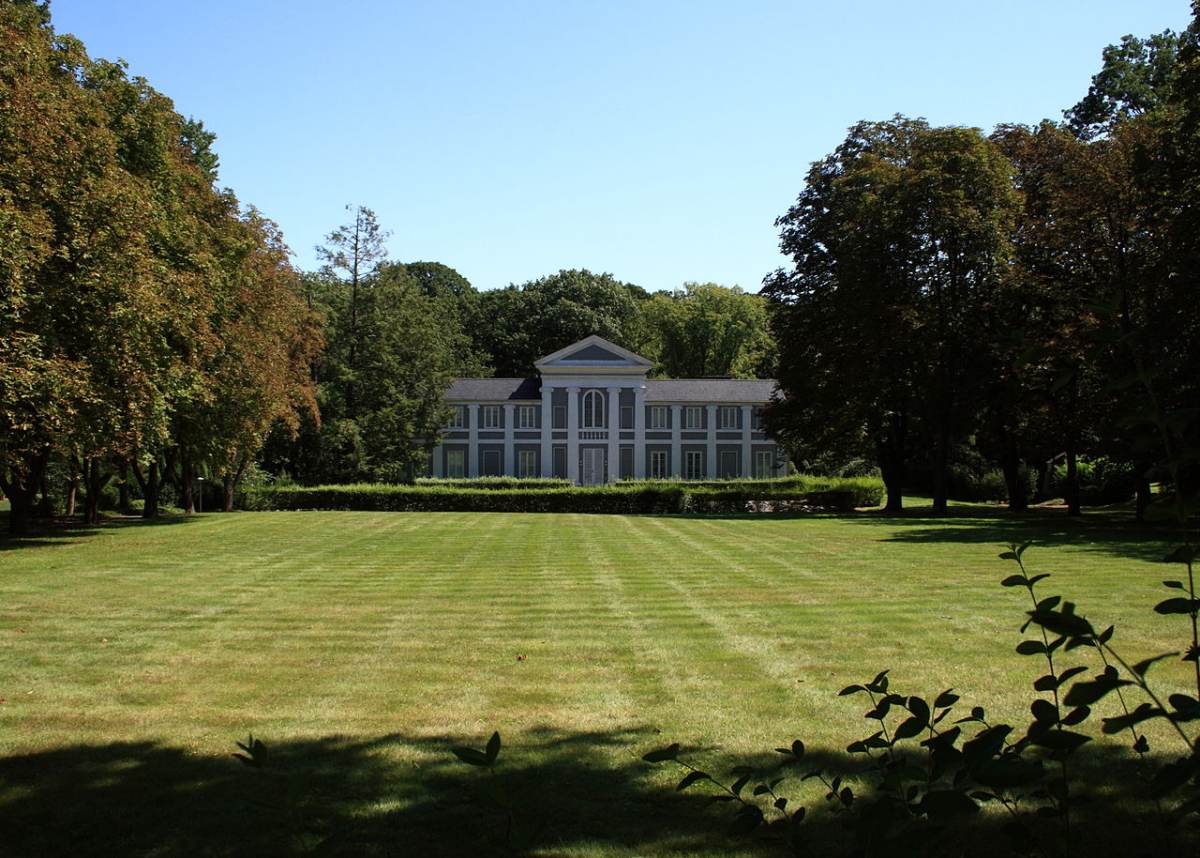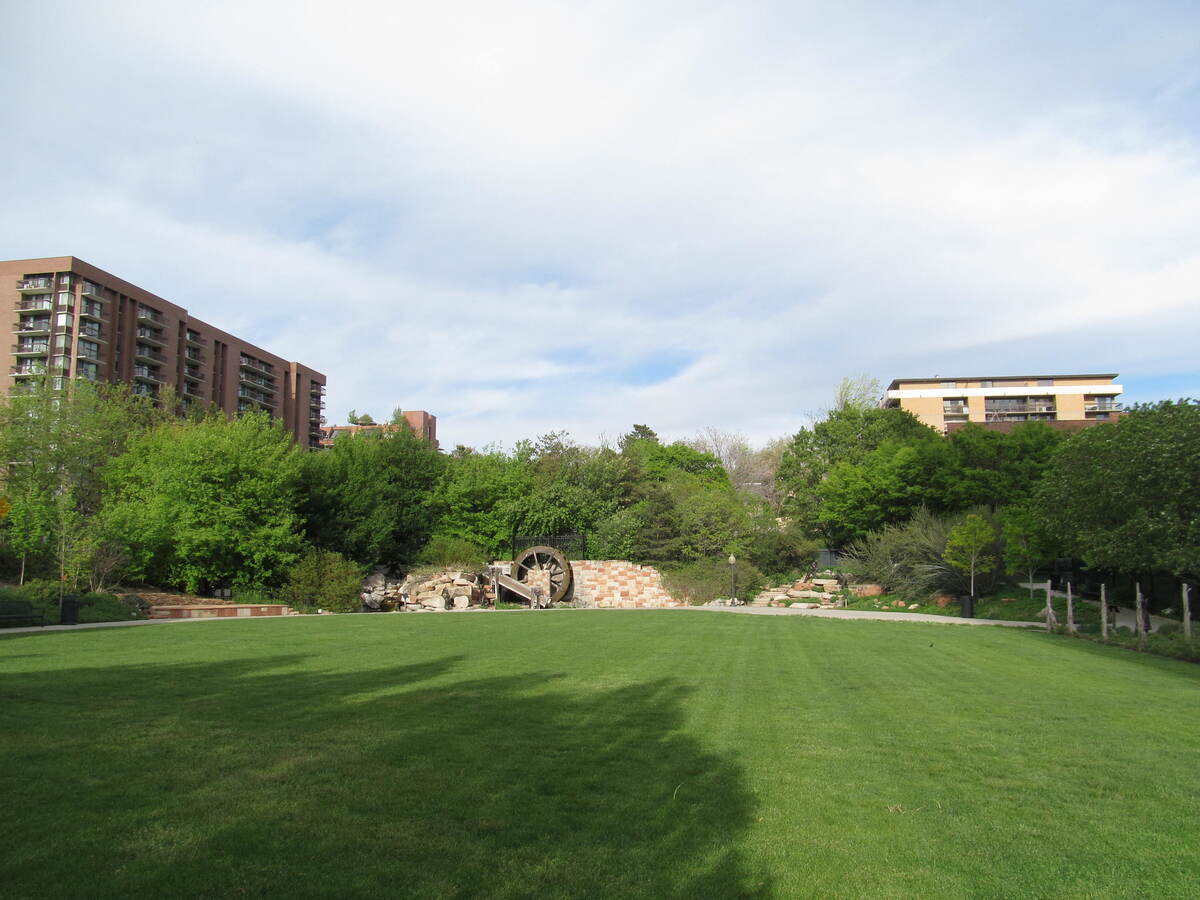
Whether you like checking out your family’s genealogical records at the Family Search Center in Temple Square or enjoying the beautiful scenery on the city’s biking trails, your pride of place means that you want the finest lawn in Utah. To help you achieve that, here are the four best grass types for Salt Lake City, Utah.
The best grasses for Salt Lake City are:
Later, we’ll discuss how to pick the best grass type for your Salt Lake City lawn.
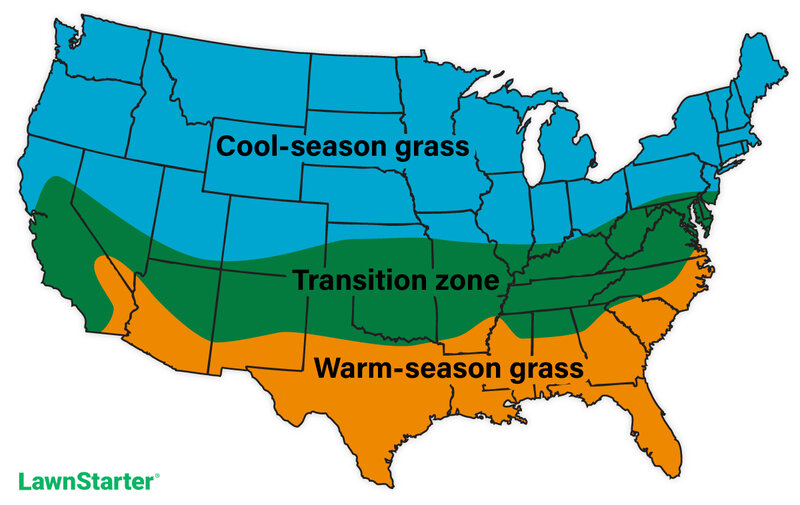
Cool-Season Grasses
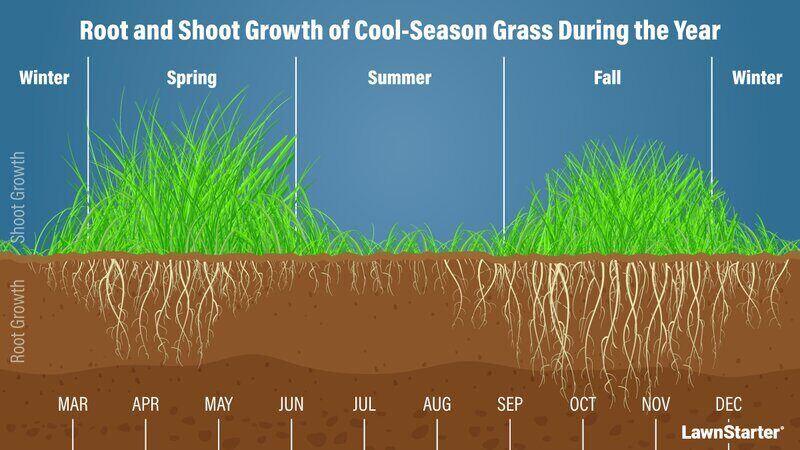
The seasonal cycle of cool-season grasses differs from that of warm-season grasses. Cool-season grasses start to grow in late winter to early spring; these grasses then go dormant in the summer, coming alive again in the fall. They then go dormant again when soil temperatures drop below 45 degrees.
Fine Fescue
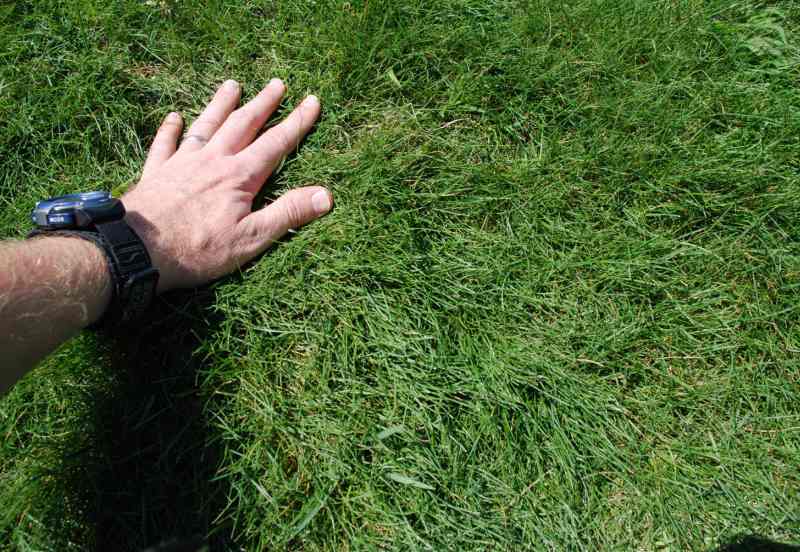
Aaron J. Patton, Ph.D. / Turfgrass Extension Specialist at Purdue University
The fine fescues comprise a group of species of medium to dark-green grasses that can be planted solo or with other cool-season grasses. In fact, yards planted with a seed mix of fine fescue and Kentucky bluegrass tend to end up with fine fescue in the shady areas and bluegrass in the full sun.
Named for their fine, bristle-like leaves, fine fescues don’t need a lot of maintenance; in fact, insect and disease damage tends to increase when the grass is highly maintained. All the fine fescues need is a little overseeding in the fall to take care of any bare patches you might find.
- Classification: Cool-season grass
- Spreads by: Creeping red fescue spreads by rhizomes, whereas other fine fescues, such as Chewings, hard, and sheep, are bunch-type grasses.
- Shade tolerance: Moderate to high, depending on the species
- Drought tolerance: Moderate to high, depending on the species
- Foot traffic tolerance: Low to moderate, depending on the species
- Maintenance needs: Low fertilizer and mowing needs
- Mowing height: Set mowing height between 2.5 and 4 inches, depending on species.
- Potential for disease: Moderate. Common diseases include red thread, leaf spot, dollar spot, summer patch, and powdery mildew.
- Soil pH: 6-6.5
- Soil type: Will not perform well in wet soil conditions. Prefers drier soils and tolerates a wide range of soil types and fertility.
Other notes: Five species of fine fescues are commonly used as turfgrass; these include strong creeping red fescue, slender creeping red fescue, sheep fescue (Festuca ovina L.), chewings fescue, and hard fescue.
Grass Seed Options:
– Outsidepride Legacy Fine Fescue Grass Seed (5 lbs.)
– Eretz Creeping Red Fine Fescue Seed (choose your size)
– Outsidepride Creeping Red Fine Fescue Grass Seed (25 lbs.)
– Outsidepride Hard Fine Fescue Grass Seed (10 lbs.)
Kentucky Bluegrass

Photo Credit: Matt Lavin / Flickr / CC BY-SA 2.0
Native to Europe, northern Asia, Algeria, and Morocco, Kentucky bluegrass was introduced into America by early settlers. It has since been used in lawns, athletic fields, golf courses, and pastures.
In Utah, Kentucky bluegrass grows well in the mountains and in meadows, as well as lawns. Known for its dark green lawns, bluegrass is best planted in sunny areas. It is one of the best drought-tolerant grasses for your yard.
- Classification: Cool-season grass
- Spreads by: Rhizomes
- Shade tolerance: Low
- Drought tolerance: Moderate
- Foot traffic tolerance: Moderate
- Maintenance needs: Moderate mowing frequency and high fertilization needs.
- Mowing height: Set mowing height between 2.5 and 3.5 inches.
- Potential for disease: Moderate to high; prone to several diseases, such as dollar spot, leaf spot, necrotic ring spot, summer patch, and stripe smut.
- Soil pH: 6-7.5
- Soil type: Performs best in well-drained, heavy soils with high fertility.
Other notes: In warmer weather, Kentucky bluegrass becomes dormant when rain does not fall for over 2 weeks.
Grass Seed Options:
– Jonathan Green (11970) Blue Panther Kentucky Bluegrass Grass Seed (3 lbs.)
– SeedRanch Midnight Kentucky Bluegrass Seed (5 lbs.)
– Jacklin Seed – Biltmore Blue Blend – 100% Kentucky Bluegrass (5 lbs.)
Perennial Ryegrass
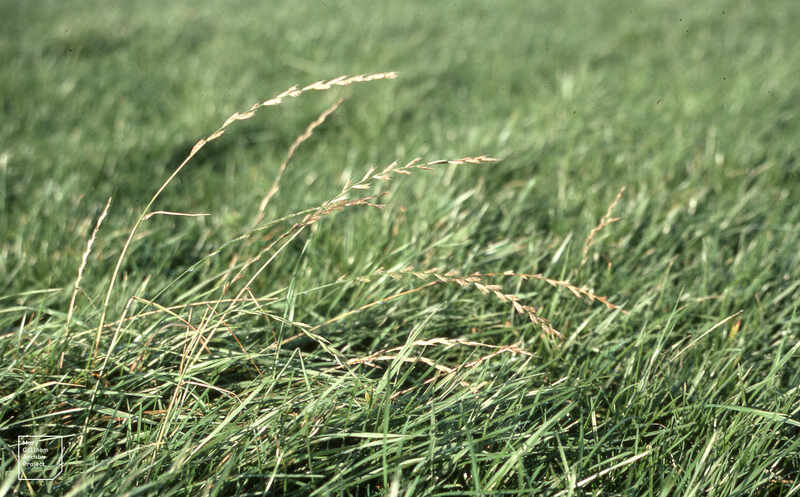
Photo Credit: Dr Mary Gillham Archive Project / Flickr / CC BY 2.0
One of the best grasses for high-traffic yards, perennial ryegrass is not usually planted alone but in a seed mix that includes Kentucky bluegrass and the fine fescues. It also works as an overseeding grass for warm-season grasses in the winter.
Perennial ryegrass cultivars are grown on every continent except Antarctica. Dark green, this grass does not withstand shade and drought but does usually start to germinate within a week. Perennial rye is often added to cool-season mixes to help control erosion and weeds while slower-growing grasses start to germinate.
- Classification: Cool-season grass
- Spreads by: Has a bunch-type growth habit
- Shade tolerance: Low
- Drought tolerance: Low
- Foot traffic tolerance: High
- Maintenance needs: Moderate mowing and fertilization requirements. Thatch is not significant.
- Mowing height: Set mowing height to 1.5-2.5 inches
- Potential for disease: High. Common diseases include gray leaf spot, red thread, and leaf spot/melting-out.
- Soil pH: Can grow in soils with a pH between 5 and 8 but prefers between 6 and 7.
- Soil type: Prefers good drainage and fertility but can tolerate some poor drainage.
Other notes: Perennial ryegrass creates a dense lawn that doesn’t like heat and drought.
Grass Seed Options:
– Outsidepride Perennial Ryegrass Seed (5 lbs.)
– Eretz ProTurf Perennial Ryegrass Fine Lawn Seed (choose your size)
Turf-Type Tall Fescue

Aaron J. Patton, Ph.D. / Turfgrass Extension Specialist at Purdue University
Medium to dark green and coarsely textured, tall fescue does well in the upper half of the United States, including Salt Lake City (SLC). If a finer-bladed, higher-quality lawn is more your style, opt for one of the newer turf-type tall fescue cultivars, which have a finer texture similar to Kentucky bluegrass.
Slow to germinate, turf-type tall fescue tolerates the shade better than Kentucky bluegrass. It has a deep root system, the best of any cool-season turfgrass, that allows it to use water deep in the soil. Tall fescue grows best at elevations of 3,500-7,500 feet, which is perfect for Salt Lake City’s elevation of approximately 4,300 feet.
- Classification: Cool-season grass
- Spreads by: Produces short rhizomes but has a bunch-type growth habit.
- Shade tolerance: Moderate
- Drought tolerance: Moderate to high
- Foot traffic tolerance: Moderate
- Maintenance needs: Frequent mowing. Does not produce significant thatch.
- Mowing height: Set mowing height to 2 inches when the grass reaches 3 inches tall.
- Potential for disease: Tolerant of most diseases when properly maintained.
- Soil pH: 5.5-6.5
- Soil type: Adapted to a wide range of soil conditions but prefers fertile clay soils with good drainage.
Other notes: Tall fescues have the deepest root systems of any cool-season grass; this helps them fend off drought conditions.
Grass Seed Options:
– Triple-Play Tall Fescue Grass Seed Blend (5000 sq ft)
– Eretz Kentucky 31 K31 Tall Fescue Grass Seed (choose your size)
– Pennington The Rebels Tall Fescue Grass Seed Mix (7 lb.)
How to Pick the Best Grass Type for Your Salt Lake City Lawn
Need to match the beauty of your lawn grass with the beauty of the Great Salt Lake and the Wasatch and Oquirrh Mountains? Then homeowners need some assistance in choosing the best type of grass for their own beautiful patch of land. Here you go:
Shade Tolerance
Not all of your shade trees are on the list of the 15 best shade trees for Salt Lake City. But chances are that you’ve got some sort of shade in your yard. Here are the grasses for your shady or sunny lawn.
- Low shade tolerance: Kentucky bluegrass, perennial ryegrass
- Moderate shade tolerance: Tall fescue
- High shade tolerance: Fine fescue
Drought Tolerance
You’re no stranger to drought, with the Great Salt Lake measured at its lowest level, 17 feet below normal, in November 2022. You want a grass that will use less water, help with water conservation, and tolerate drought conditions. We’re here to help.
- Low drought tolerance: Perennial ryegrass
- Moderate drought tolerance: Kentucky bluegrass, tall fescue
- High drought tolerance: Fine fescue, buffalograss
Foot Traffic Tolerance
Your yard has become the gathering place for all your neighbors, friends, and family. It’s always a fun time. So you need a grass that will tolerate all that fun. Here’s your guide.
- Low traffic tolerance: Fine fescue, buffalograss
- Moderate traffic tolerance: Kentucky bluegrass, tall fescue
- High traffic tolerance: Perennial ryegrass
Maintenance Needs
Whether you’re into skiing in the north of the state or hiking the national and state parks in the south, or perhaps both, you’ll want a low-maintenance landscape in Salt Lake City. Or perhaps you’re more into the appearance of your lawn. Either way, here’s some help in figuring out what you should plant.
- Low maintenance needs: Fine fescue, buffalograss
- Moderate maintenance needs: Perennial ryegrass, tall fescue
- High maintenance needs: Kentucky bluegrass
For areas outside of SLC, check out our article on the Best Grass Seed for Utah to learn about grasses that work well across the Beehive State.
Call the Professionals
Call a Northern Utah lawn care pro if you’re still unsure about which grass to plant or just don’t want to do all the work of establishing and then caring for a new lawn. We have trusted lawn care pros in Salt Lake City and its surrounding areas.
LawnStarter participates in the Amazon Services LLC Associates Program, an affiliate advertising program. LawnStarter earns revenue from products promoted in this article.
Main Image Credit: Doug Kerr / Flickr / CC BY-SA 2.0

